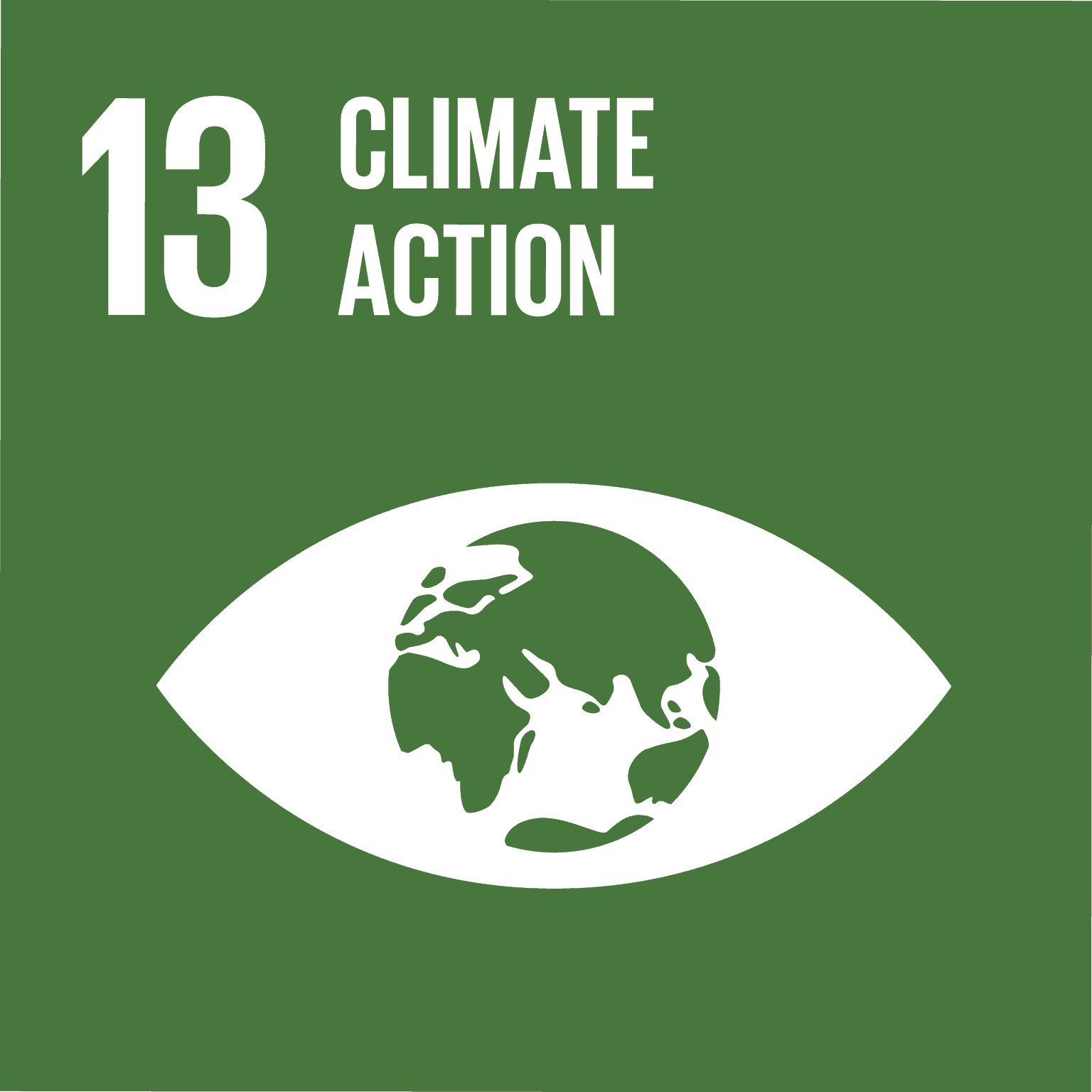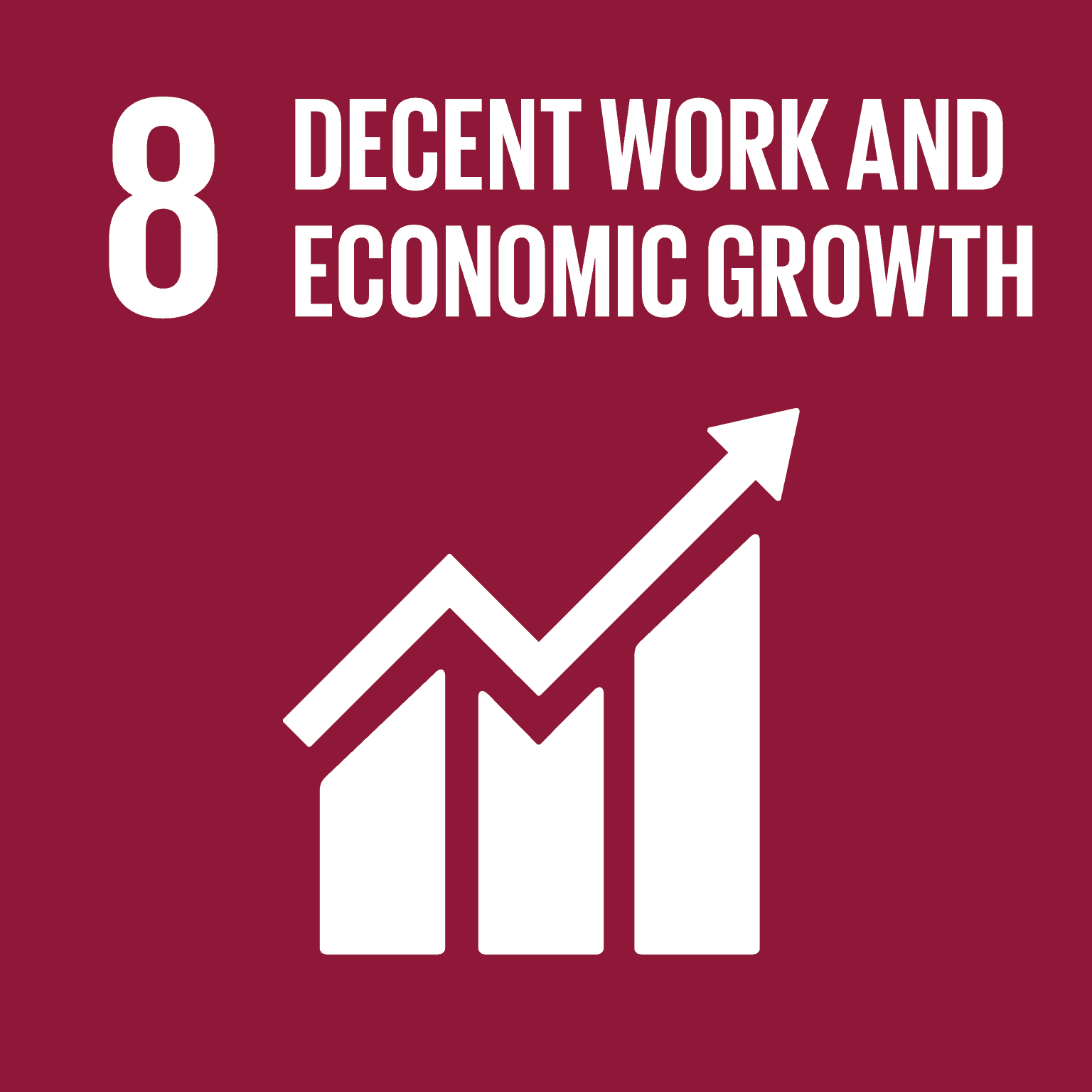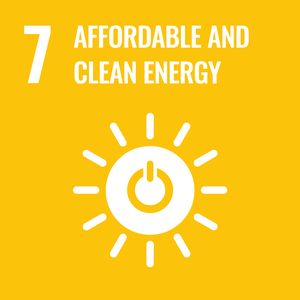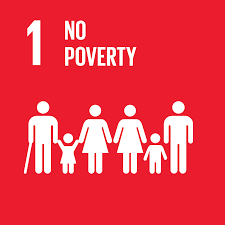Infrastructure
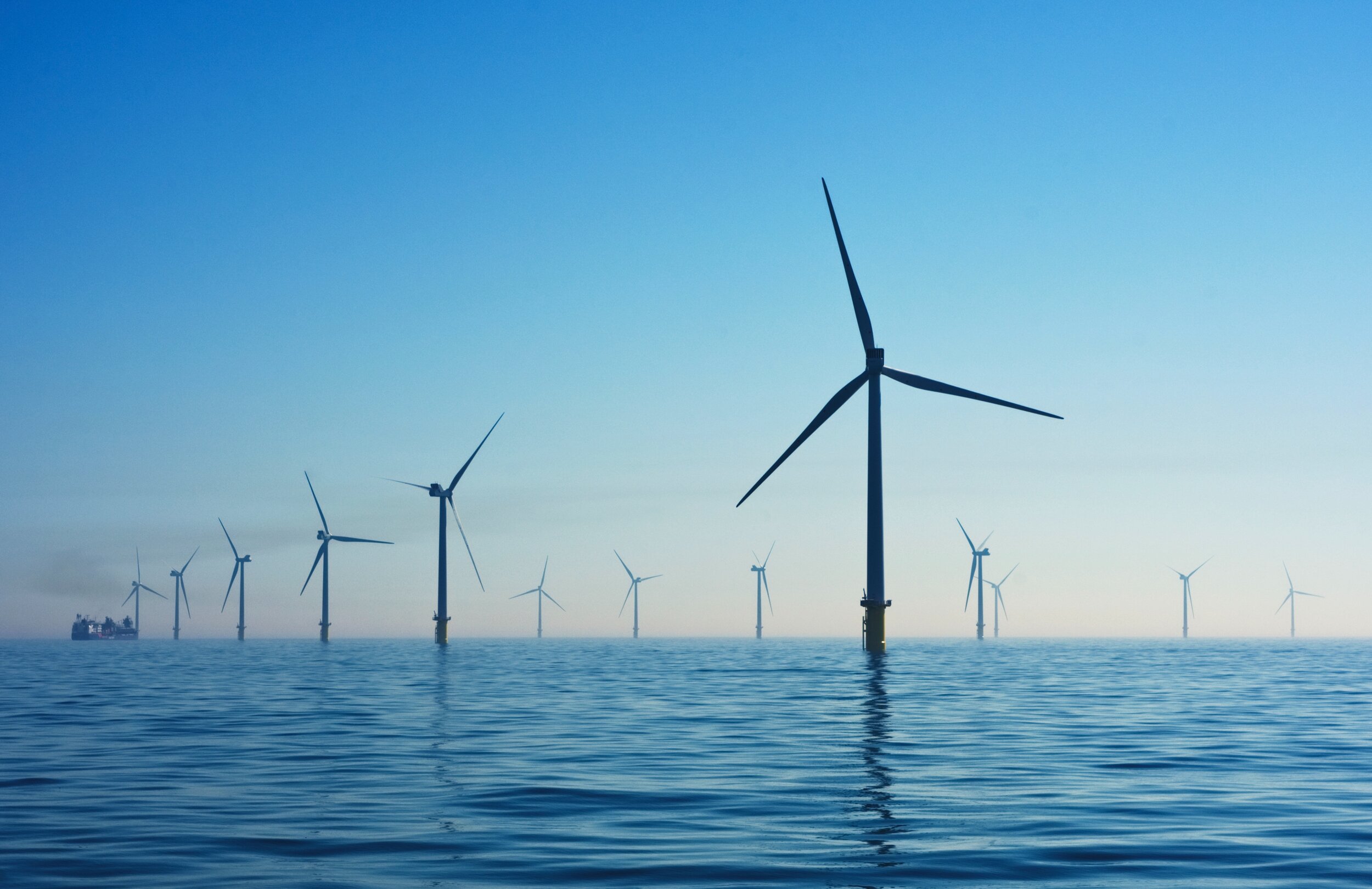
Infrastructure, what is it?
Infrastructure investments are investments in real physical assets (such as roads, airports, or toll bridges), assets related to energy generation and distribution (power grids or pipelines) or social and public facilities (such as social housing, hospitals or schools). Infrastructure is a sub-category of real assets.
Infrastructure investments provide steady and predictable free cash flows that can have fixed income-like features but are illiquid and not publicly traded. They are typically less correlated with the business-cycle, have a long investment horizon and can provide a hedge against inflation. They are also characterized by high capital expenditure needs.
Two strategies in infrastructure are greenfield and brownfield investments. A greenfield strategy consists of developing assets from the ground up. The investor needs to identify the opportunity and find an adequate location for building the asset. It will often work with external parties in order to apply for construction permits, plan and develop the site and start construction. These projects face the highest degree of risk.
A brownfield strategy consists of investing in assets that are already built and are ready to start operations or are already fully operational. The investor hence faces smaller less risks related to the required permits and approvals, project development, site planning, and construction. For fully operational assets, the focus is on regular maintenance, optimization of operations and on securing regular cash flows.
Traditionally, infrastructure consists of investments into economic infrastructure projects (such as roads, highways, toll bridges, airports) or energy infrastructure (such as physical networks of natural gas or oil pipelines or power grids). A more recent trend is an acceleration in investments in digital infrastructure. Assets in this category play a role in the distribution of digital services, telecommunication and internet services and data connectivity. Examples are optic fibre cable networks, server warehouses, data centres, cell towers or radio antennas. This area has recently been experiencing an increased demand as a result of trends in digitalization, cloud computing, and the increased need for data storage.
Impact investing in infrastructure
Impact propositions in infrastructure consider measurable environmental or societal benefits that generate additionality next to the return that is targeted by the investor or the fund manager. Some models that can be seen in this space are:
Social infrastructure: assets that play a role in daily processes that underpin societal and economic needs. These can relate to different functions or to the provision of public services and can be broken down into:
-
Healthcare: hospitals and health-care facilities, care homes, emergency facilities
-
Education: schools, kindergartens or universities
-
Social Housing: affordable homes and housing for disadvantaged communities
-
Water, waste and other utilities: sewage, water treatment plants or water pipelines
Sustainable Energy Infrastructure: assets that play a role in the generation and distribution of renewable energy. These can be further categorized by the type of energy they harness:
-
Wind: on-shore and off-shore wind turbines
-
Solar and photovoltaic: solar parks and on-site solar panels
-
Hydroelectric: hydro power plants (dams) that generate electricity from moving water
-
Geothermal: geothermal power plants that use the Earth’s stored thermal energy
-
Biomass: power plants that produce electricity or heat from organic matter such as crops, animal material or plants
-
Ancillary services: services or products that contribute to maintaining systems, improving efficiency or energy storage
According to our Impact Database, infrastructure impact funds represent 14.9 % of the number of total funds tracked. Presently, they account for 18 % of the total capital committed and for 25 % of the current fundraising targets of vehicles that are open for investment.
